Orchids from Vietnam: features and care
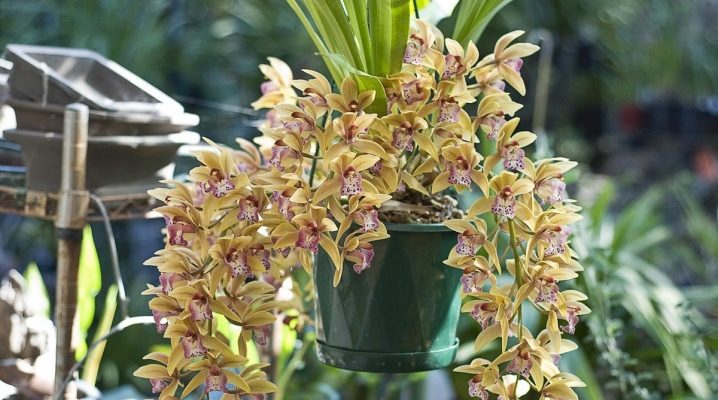
Orchid is one of the most exquisite flowers. Since in the Russian latitudes the orchid does not grow in the open field, it is very pleasant to receive this flower as a gift, because it is not like any other and at the same time is incredibly beautiful.
Vietnamese orchids are often hunted by tourists (especially tourists), who, wanting to plant this beautiful plant in their home, take out its bulbs in their luggage or carry-on luggage. But since the climate in our country is far from analogous to the Vietnamese one, it is necessary to grow an orchid at home in compliance with a number of specific requirements. We will talk about them a little below, but for now we will dwell on the types of these exquisite plants.
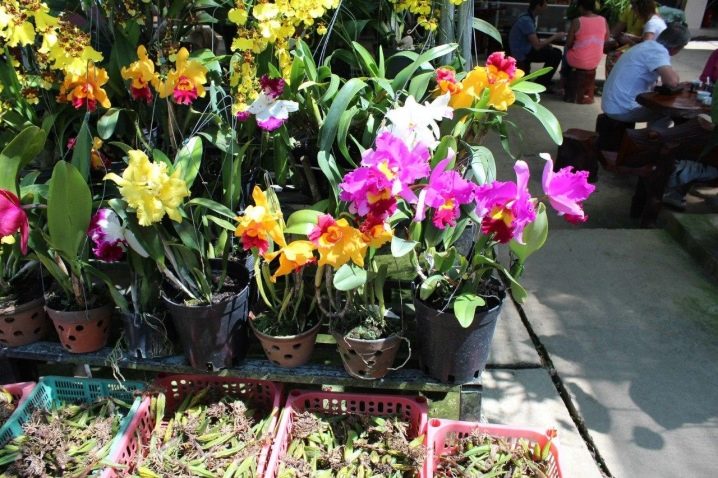
What are Vietnamese orchids?
The first classification is by place of growth. If the plant is located on the surface of the earth (mainly in places where rotted tree bark or even debris accumulates), then it is a terrestrial species. And if on a tree trunk, then the view is called airy. The latter is very beautiful, since the flowers of the plant seem to float in the air, the orchid is held by the trunk only by the roots, firmly growing into it.
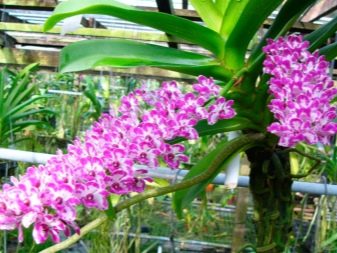
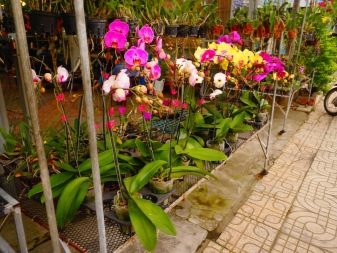
It is logical that tourists bring terrestrial species from Vietnam, because you can bring an aerial view of an orchid only with a tree trunk on which it has become entrenched.
Terrestrial types of flowers are not the same, they are distinguished by both the color of the petals and the shape and size of the inflorescence. The most common types of orchid "Papiopedilum", it is they who are taken by travelers from tourist trips. Paphiopedilum is divided into a fairly large number of varieties.
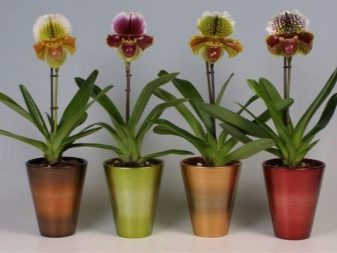

A feature of the Siamese papiopedilum is the presence of only one flower, which has a lilac-greenish tint. One of the lower petals of the inflorescence is brownish.
The bearded variety has one of the most original colors - the leaves themselves are light green with dark spots, as if the plant is sick. Bordeaux flower, petals have a light border, one of the lower petals - brick tone.
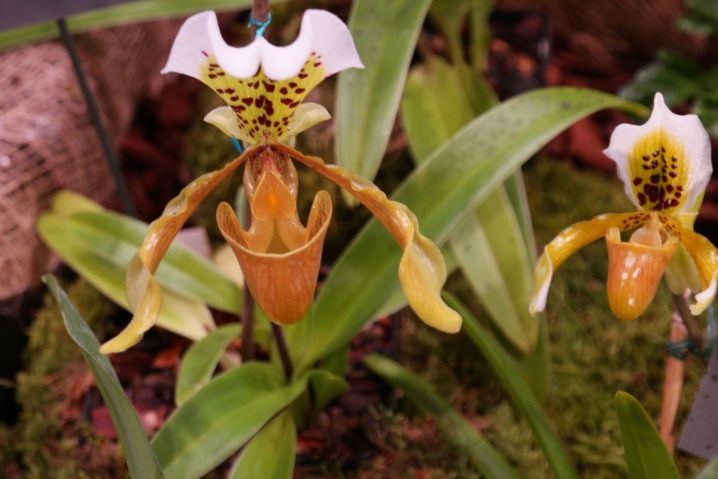
The beautiful Vietnamese orchid species has orange and green petals with specks of black. Bright green streaks are clearly visible on each petal. As for the Vietnamese variety, its representatives can be painted in a variety of colors, however, there is one thing in common: each petal has a kind of "pocket" that looks like a shoe.
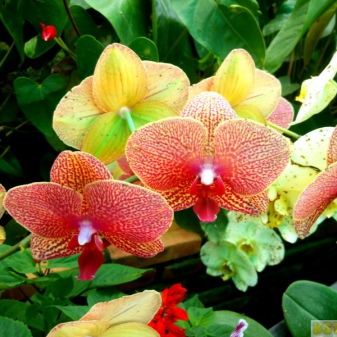
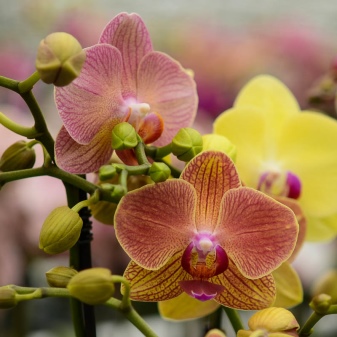
Orchid "Elena" well recognizable by its characteristic single yellow flowers, each of which glistens with a waxy bloom. This species is characterized by long flowering - about three months every year.
Appleton variety interesting in that it has a subtle smell. The inflorescences are large, wide, colored in a combination of brown and purple. The single-flowered orchid blooms much earlier than other species. Each plant has 1-2 inflorescences with aroma.
To grow each of these species, you need to adhere to almost the same rules.
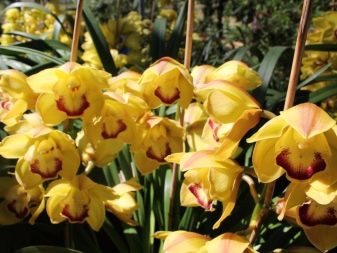

Planting and leaving
One of the main rules for planting an orchid bulb is to plant it as quickly as possible, especially if it has undergone a flight, only then will you be able to save the plant. Otherwise, the bulb dies without releasing the roots. If your bulb is already sitting in a small container or pot, it should not be disturbed until the plant is strong enough to repot without risk of harm.
Planting material (tubers, bulbs, so-called orchid bulbs) is planted according to the rules.
If we are talking about seedlings, then before transplanting them from the container in which they came from Vietnam, you need to wait until the moment when it becomes cramped for them. And before that, it is better not to bother them, leaving them in the bottle in which they were brought.
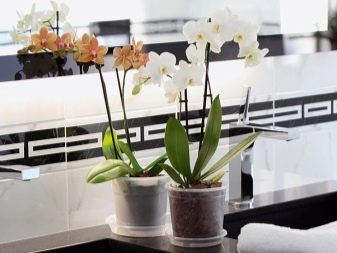
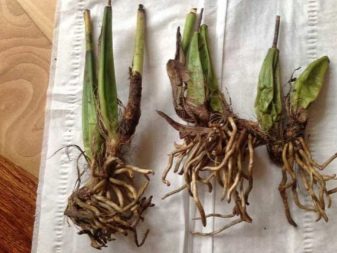
If you get an onion, you need to immediately fix it to the ground. It is better if it is a ready-made mixture for planting orchids, especially if you are a novice florist. If you are well versed in growing flowers and want to prepare the soil with your own hands, you can do so.
For a mixture in which the orchid will be comfortable, you will need the following ingredients:
- pine bark;
- sphagnum moss;
- fern (leaves);
- expanded clay and pieces of pumice.
All components must be taken in a 1: 1 ratio and mixed thoroughly, so the required level of ventilation will be provided to the bulbs, the air will flow to the tuber. This is very important, especially within a month after planting it in the ground. But creating a suitable mixture for planting an orchid is only the initial stage.
The correct choice of the container in which it will grow is equally important. The size depends on the variety to which the flower belongs. If it is impossible to establish the view, you need to stop at a middle-size pot, that is, average... It's great if it is made of a transparent material - plastic or glass. So it will be much clearer to monitor how the plant develops and how wet the soil is.
It is important to consider that pieces of pumice and expanded clay should be used not only as a component of the soil, but also as a drainage layer, which is laid out on the bottom of the pot. This will moisturize the bulb evenly.
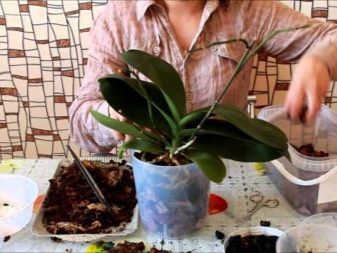

Also, make sure your plant pot has one or more holes to drain and drain off excess water. So the bulb will definitely not be "flooded" and even if excessive moisture gets on it, it will not rot.
The soil is placed in the selected container according to the following technology.
- The bottom is laid out with stones - medium-sized and large. This will make the pot much more stable, prevent it from wobbling and falling if accidentally bumped, and add aeration to your bulb.
- Expanded clay and pumice are poured over the stones.
- Pour ready-made or self-made soil mixture.
- Produce moderate watering of the soil.
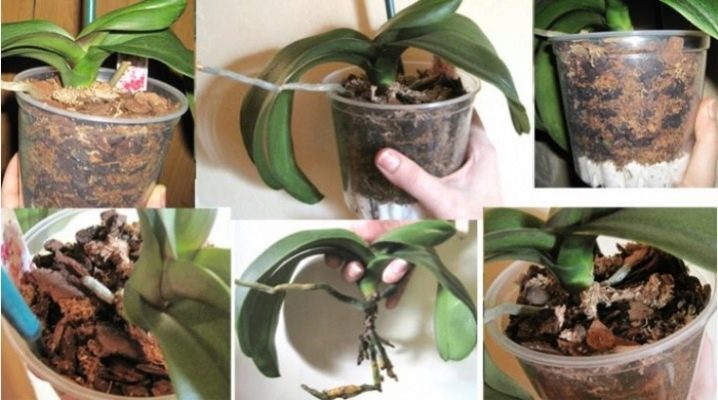
After completing all of the above steps, you can start planting the bulb. It is important to remember that one onion is enough for one container.
After the planting capacity is selected, and the soil is formed, you need to plant the orchid bulb in such a way that it germinates correctly. How to do it? Taking it vertically, you need to fix it on the ground so that only the lower part (about 1/5 of the bulb) is immersed in the substrate.
Next, you should be patient - a Vietnamese orchid bulb germinates for about a month. But even after this period, one should not panic - the bulb has a large supply of water and nutrients in order to germinate later. The appearance of the first roots occurs after 30-35 days. Watering the orchid begins as soon as the roots grow 3-4 cm. It is not necessary to water the orchid earlier.
After you have completed all the activities related to planting tubers, containers with future plants should be placed in a well-lit place.
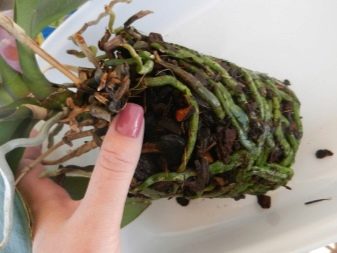
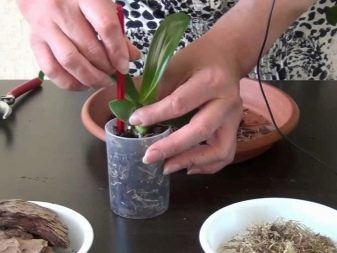
Plant care
Many people roll their eyes at the words “to grow an orchid at home”, believing that it is very difficult and energy-consuming. However, this is not the case, caring for these bulbous plants is quite simple. Let's dwell on the key points of care and cultivation of Vietnamese orchids in more detail. After planting, the plant is not watered until the bulb gives the first strong roots. After the first watering, you need to wait another month to transplant the plant.It is believed that this time is enough for the bulb to be saturated with all the elements necessary for growth.
Vietnamese orchids are sun-loving. The air in the room where they are located should be warm and humid. The window sill on the south side of the house will be optimal, however, you need to be careful with direct sunlight - their light should not fall on the orchid. Well, in the autumn and winter, you will have to take care of the sources of artificial lighting - after all, the Asian beauty needs light all year round.

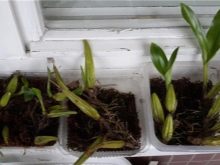
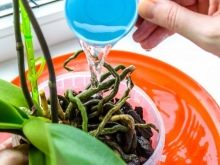
Caring for orchids from Vietnam is not too different from caring for other types of this flower. Ideally, the conditions in which you grow your plant should be as close as possible to those in which they grow in nature.
Flowers will appreciate the scattered rays of the sun much higher than direct sunlight.... This rule does not apply to either the morning rays of the sun or the evening, their flowers tolerate perfectly. Slightly shading is good when the plant has already formed. In the growth phase, the orchid needs a long day of light and a short (5-6 hours) night. If you planted a bulb in winter, you can "revive" it using intense artificial light.
As for the temperature regime, you need constant, even heat without drops. It is better if the temperature does not drop below +18 and does not rise above +25 degrees. Temperature jumps both towards the cold and towards the heat are very harmful for young people., not yet formed plants. As soon as the plant "has gone into growth", it needs to be watered often, but superficially, avoiding flooding. As soon as the soil is dry, watering is done, preferably in the morning.
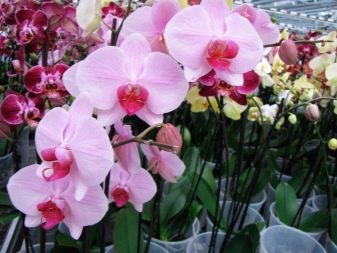
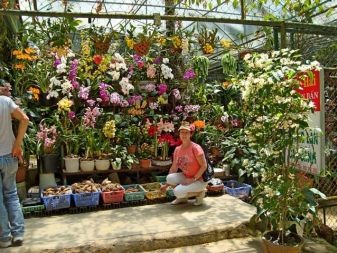
Taking a "shower" will only benefit the orchid, but this procedure should not be frequent. It is necessary to feed the flowers every month with special formulations.
For information on how to grow an orchid from Vietnamese bulbs, see the video below.































The comment was sent successfully.